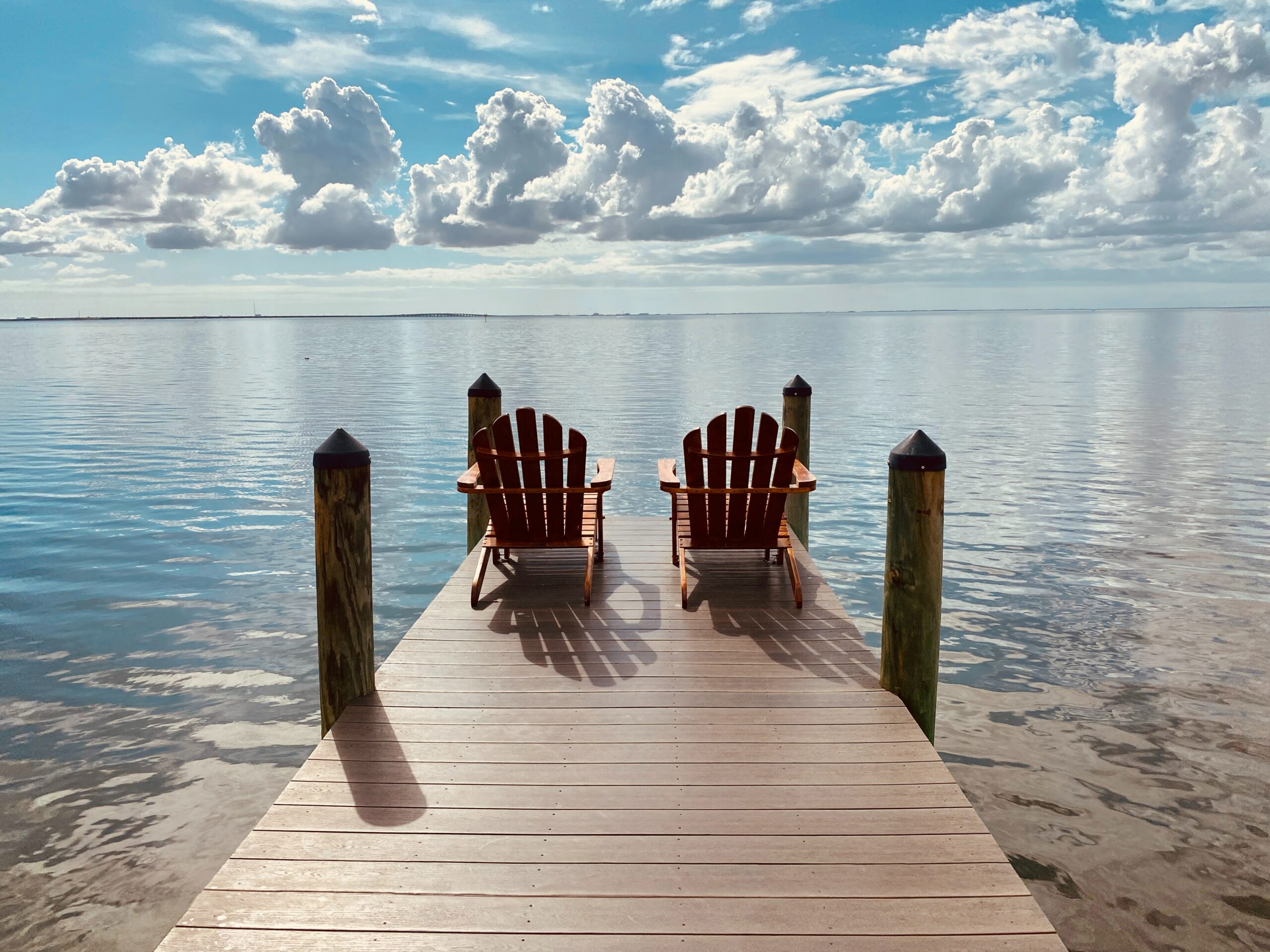
Cottages have always been a hot commodity, but even more so this year as vacation destinations are limited and time away from the city can provide a much needed mental break and escape for many families.
But how do you get your hands on one of your own? Buying a cottage is probably much more realistic than you realized. Here’s how:
Leveraging Equity in an Existing Property
One of the most common ways that buyers are able to come up with a down-payment to buy their cottage is by using the equity that already exists in their home. This can fund the down payment, or you can finance the entire cottage this way.
For example, in Toronto, you can refinance your home up to a maximum of 80% market value.
- – Your home is currently worth $1.2 million
- – Remaining mortgage: $600,000
- – You can refinance up to 80%, so up to a total of $960,000 mortgage
- – $960,000 – 600,000 existing mortgage ≈ $360,000 cash
You can take that $360,000 in cash to buy a new property or as a secured line of credit.
What are the Down Payment Requirements for a Cottage?
Owner-occupied second homes/cottages:
- – You can buy a cottage (second home) with as little as 5% down on the first $500,000 and then 10% thereafter to $999,999.
- – If the property is > $1 million, you’ll need a 20% down-payment.
- – The down-payment will depend on whether the property is 4 season cottage (Type A) or summer only (Type B) – see below for more detail about that:
- > Type A cottages – minimum 5% down
- > Type B cottages – minimum 10% down *some lenders may require more
Cottage Mortgage Qualifications change depending on the type of property.What does this mean?
Type A Properties mean “All-Season Secondary Homes”:
- – Owner-occupied or occupied by an immediate family member
- – Single-family dwelling
- – Property particulars:
- > Must be a readily marketable residential dwelling
- > Must be winterized with seasonal access
- > Must have an estimated remaining life of > 25 years
Type B Properties mean “Seasonal Cottages”:
- – Same property characteristics as Type A homes except:
- > Seasonal access permitted (road not accessible in winter)
- > The property does not need to be winterized
*Important Note: These are general guidelines only, for insured purchases less than $1 million. If the value of the property is over $ 1 million, lenders have their own separate requirements.
There are also some special financing considerations to keep in mind!
Most lenders will want to know upfront if there is safe drinking water or UV filters, to ensure that what comes out of your tap isn’t toxic. As a result, water potability tests may be required if the cottage is on the water. They may also do a risk assessment for flood in certain areas.
*Important Note: You should always have a financing condition in your offer on a cottage or second vacation home – usually for at least 10 business days. This allows for the appropriate water tests to be completed and for an appraisal to be scheduled (appraisals usually take longer to schedule in smaller communities).
The Biggest Takeaway?
Buying a cottage is probably more affordable than you think. Either way, the key to securing cottage living — and making that staycation a peaceful escape — is to speak to a mortgage broker first.


